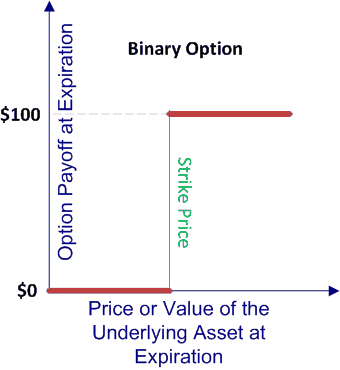Options For Dummies Vertical Spread Strategy
Post on: 26 Май, 2015 No Comment

Vertical Spread
Now we are getting into more complicated strategies. Up until now we’ve just been buying or selling options with a single leg. That is, a transaction with only one part to it. A transaction can have more than one leg. If all legs of a transaction cannot be fulfilled, then the transaction does not go through. In the case of a Vertical Spread, there are four flavours of it:
- Bull Call Spread
- Bear Call Spread
- Bull Put Spread
- Bear Put Spread
You can guess from the name that the spread will include either Call options or Put options and that you should use it as either a Bullish or Bearish strategy. The term Spread refers to the dollar difference between the two legs of that transaction. The examples below will show a $1 spread, but other spreads may be available also.
1. Bull Call Spread
Looking at the diagram above, you can see that there are two legs to this transaction. Leg 1, you sell a call option and leg 2 you buy a call option. Now imagine that the market price is somewhere in the middle. A Call option where the strike price is still above the market price will have no intrinsic value. A Call option where the market is already trading above the strike price will have some intrinsic value. So one option is worth more than the other.
$1.00
The above tables show what your profit would be as the stock price increases upon expiration. Table 1 clearly shows that the options are worth nothing if the stock price does not go above the lower strike price option (i.e. $9). You invested a total of $0.20/option. That money you will lose entirely. On the other end of the extreme, you see table 5. Here the stock price is so high, yet your profit is only $1.00/option. Why is that? Remember that there are two legs to the transaction. You have to close them both. In leg 1 you sold an option at strike price $10. Now you have to close that position by buying it back. At the same in leg 2 you you have to sell to close that position. So the net will always be $1.00.
So the most money you can make is $80 per option ($100 minus $20 initial investment) in our example. That’s not too bad considering the low risk. You are assured that you won’t lose more than $20 per option no matter how bad the stock performs.
2. Bear Call Spread
This strategy is the opposite of the previous one. In leg 1, you buy the Call option and leg 2 you sell the Call option. So remember that when you buy an option far out of the money it is worth less than one that is not as far out of the money. In this case leg 1 will be cheaper than leg 2. If you net the legs, you actually end up receiving some money. Therefore, this is a Net Credit Spread. And looking at the picture above, your goal is to try and keep your net credit. The way it happens is if the price of the underlying stock goes down. That’s why this is called a Bear strategy. Even though you’r dealing in Call options your outlook is bearish.
The most money you can lose is $100 per option. Just like with the Bull Call Spread you have to understand what happens at expiration. In leg 1, you will end up buying at the $10 strike price and selling at the market price, which is much higher. That’s a good thing, but remember in leg 2 you sold a Call option which allows someone else to buy the stock from you at the low strike price of $9. So if you match up the two transactions you’ll end up with a $1/option loss.
3. Bull Put Spread
Now we’re moving away from Call and into Put options. This is a bull strategy so you’ll make money when the stock price goes up (just as in the Bull Call Spread). The difference is that this is a Net Credit Spread so your profit is the actual credit you receive instead of the max profit of $1/Option.
In leg 1 you sold a Put option so that means somebody can sell you their stock at the strike price of $10. Since this happens when the market price is lower than the strike price, you’ll end up paying too much for the stock. But that’s where leg 2 comes into play. It will limit your losses. Leg 2 allows you to sell your shares at $9/share. You bought that right by buying a Put option. All you do is match the transactions in red font like you see in the picture and you can see that the leg 1 buy transaction is matched with the leg 2 sell transaction. You buy at $10 and sell at $9 for a $1/share loss. Quick recap: since each option controls 100 shares, it’s actually $100 loss per option.
This strategy requires you to have a bearish outlook (as the name suggests) in order for you to realize any profit. Using the knowledge you have gained from the earlier examples you should deduct that this is a Net Debit Spread. Take a moment to think about why.
Because both legs are Put options you would pay more for the option at the higher strike price because as the market prices goes lower the $10 strike price option is worth more. I.e. it is way in the money. As in the previous spreads the max loss is whatever you invested as your net debit and the max profit is $100/Option.














